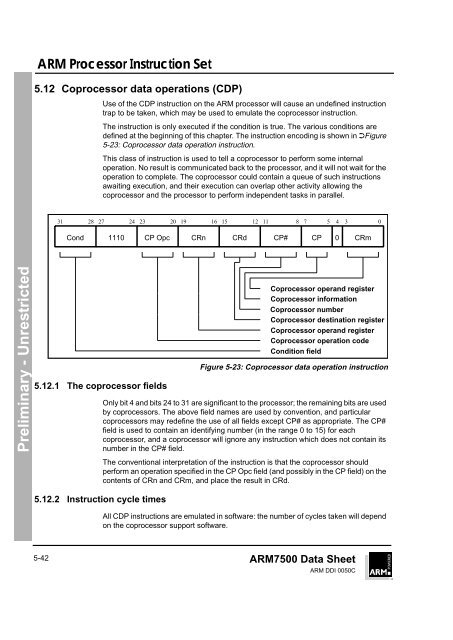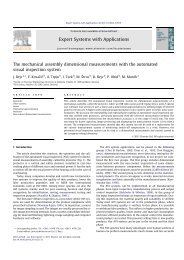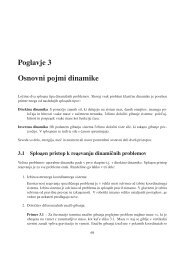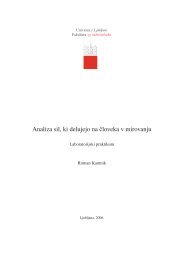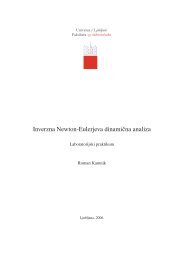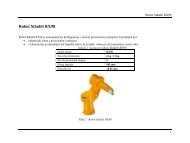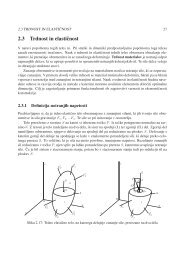ARM Processor Instruction Set
ARM Processor Instruction Set
ARM Processor Instruction Set
You also want an ePaper? Increase the reach of your titles
YUMPU automatically turns print PDFs into web optimized ePapers that Google loves.
<strong>ARM</strong> <strong>Processor</strong> <strong>Instruction</strong> <strong>Set</strong><br />
5.12 Coprocessor data operations (CDP)<br />
Use of the CDP instruction on the <strong>ARM</strong> processor will cause an undefined instruction<br />
trap to be taken, which may be used to emulate the coprocessor instruction.<br />
The instruction is only executed if the condition is true. The various conditions are<br />
defined at the beginning of this chapter. The instruction encoding is shown in ➲Figure<br />
5-23: Coprocessor data operation instruction.<br />
This class of instruction is used to tell a coprocessor to perform some internal<br />
operation. No result is communicated back to the processor, and it will not wait for the<br />
operation to complete. The coprocessor could contain a queue of such instructions<br />
awaiting execution, and their execution can overlap other activity allowing the<br />
coprocessor and the processor to perform independent tasks in parallel.<br />
31 28 27 24 23<br />
20<br />
19<br />
16<br />
15<br />
12<br />
11<br />
8<br />
7<br />
5 4 3<br />
0<br />
Cond<br />
1110 CP Opc CRn CRd CP# CP 0 CRm<br />
Preliminary - Unrestricted<br />
5.12.1 The coprocessor fields<br />
Coprocessor operand register<br />
Coprocessor information<br />
Coprocessor number<br />
Coprocessor destination register<br />
Coprocessor operand register<br />
Coprocessor operation code<br />
Condition field<br />
Figure 5-23: Coprocessor data operation instruction<br />
Only bit 4 and bits 24 to 31 are significant to the processor; the remaining bits are used<br />
by coprocessors. The above field names are used by convention, and particular<br />
coprocessors may redefine the use of all fields except CP# as appropriate. The CP#<br />
field is used to contain an identifying number (in the range 0 to 15) for each<br />
coprocessor, and a coprocessor will ignore any instruction which does not contain its<br />
number in the CP# field.<br />
The conventional interpretation of the instruction is that the coprocessor should<br />
perform an operation specified in the CP Opc field (and possibly in the CP field) on the<br />
contents of CRn and CRm, and place the result in CRd.<br />
5.12.2 <strong>Instruction</strong> cycle times<br />
All CDP instructions are emulated in software: the number of cycles taken will depend<br />
on the coprocessor support software.<br />
5-42<br />
<strong>ARM</strong>7500 Data Sheet<br />
<strong>ARM</strong> DDI 0050C


